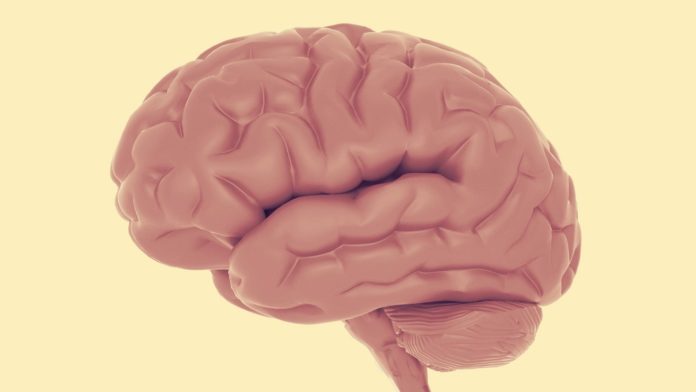Unlike the brains of most mammals, the human brain’s surface is famously folded. This set of ridges and valleys is key to human consciousness, boosting surface area even if the brain stays the same size. The characteristic shape expands the space available for the cerebral cortex — the thin outer layer of cells that is responsible for attention, perception, awareness, thought, memory, and language.
But despite wide recognition of the benefits of having a wrinkled brain, researchers are only beginning to understand how exactly it happens, and how every healthy human brain acquires roughly the same folding pattern.
Principal investigator Carol Schuurmans, Dixon Family Chair in Ophthalmology at the Sunnybrook Health Sciences Centre, studies the cellular and genetic mechanisms that drive cortical folding. Her team was the first to identify a unique signature for the embryonic cells that guide folding during development, and their study was published in Neuron.
In the developing brain, precursor cells divide and specialize into neurons — the primary cells of the nervous system. Previous research has focused on the transformation of precursor cells into mature neurons, but not on the mechanisms that drive the asymmetric patterns of growth that lead to cortical folding. Without this asymmetry, the brain would be smooth.
“In cortical regions where more neurons are born, we see outward folds, while areas with fewer neurons develop into inward fissures, giving the human brain its characteristic appearance,” said first author Sisu Han in a press release.
The team looked at two genes that can be active in neural precursor cells: Neurog2 and Ascl1. They found that when both are active, they work together to support a naturally smooth pattern of cortical formation in mice. Double-positive niche cells are usually evenly spaced in the developing mouse brain, but when the researchers selectively eliminated these cells, it triggered cortical folding.
Further supporting this finding, the team looked for these double-positive precursor cells in embryonic macaque brains; like humans, primates naturally develop cortical folds. They found that instead of being evenly distributed, there are areas with high numbers of niche cells next to areas with low numbers. This pattern of asymmetry determines the locations of future folds.
Notably, abnormal cortical folding can lead to several conditions, such as intellectual disabilities and schizophrenia. Understanding the origins of fold formation helps us better understand how these conditions arise.
Unraveling the mysteries behind the complex shapes that a brain can have gives new insight into this diverse and fascinating machine.








































